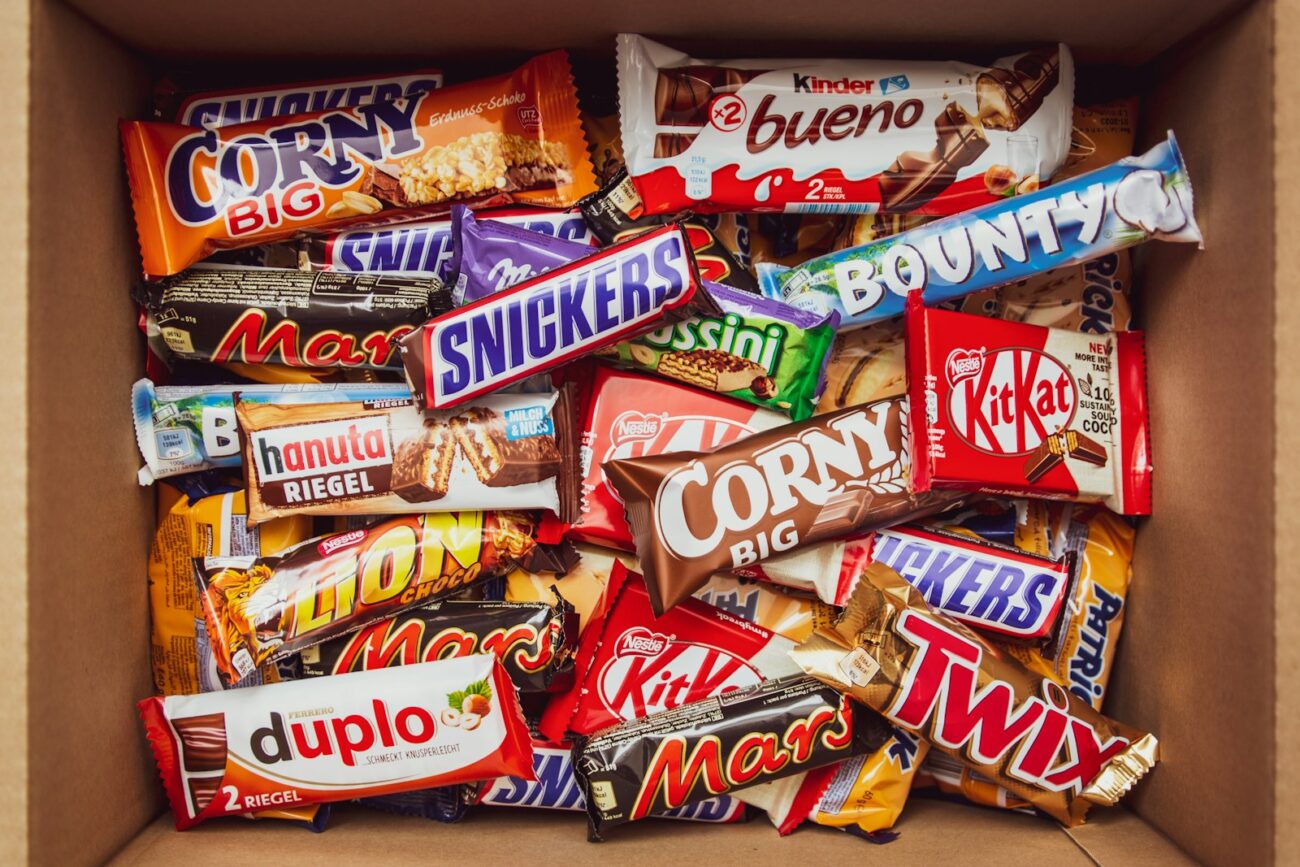When you’re out on the trail, what you put in your body matters just as much as what you put in your backpack. The right trail snacks can mean the difference between bonking halfway through your hike and powering through with steady energy. Unlike everyday snacking, wilderness nutrition requires foods that deliver sustained energy, are lightweight, weather-resistant, and provide the right balance of nutrients your active body craves. Whether you’re planning a day hike or a multi-day backpacking adventure, this guide will help you choose trail snacks that don’t just satisfy hunger but actively fuel your outdoor adventures with real nutritional benefits.
Understanding Trail Nutrition: Why Regular Snacks Don’t Cut It
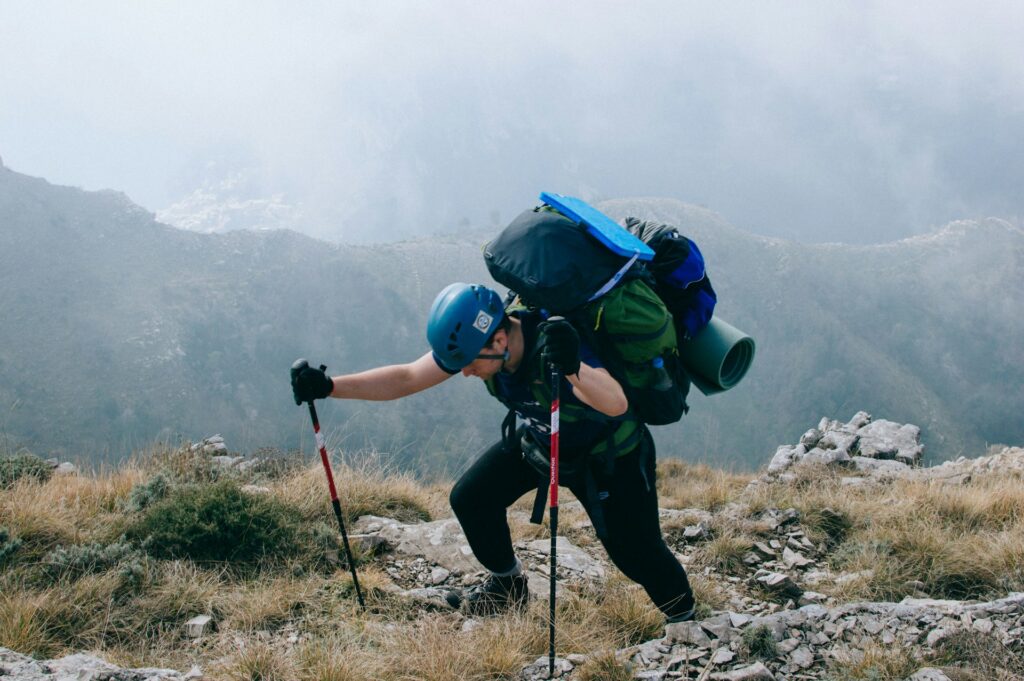
Trail nutrition differs fundamentally from everyday eating because your body’s demands change dramatically during outdoor activities. When hiking, backpacking, or trail running, you can burn anywhere from 300-600+ calories per hour depending on terrain, pack weight, and intensity—far more than during normal daily activities. This increased energy expenditure requires fuel that releases energy steadily rather than the quick sugar spikes that many conventional snacks provide. Additionally, you lose electrolytes through sweat at a much higher rate, especially in hot weather or at altitude, making mineral replacement crucial for preventing cramps and fatigue. The physical demands of trail activities also increase your body’s need for protein to prevent muscle breakdown during long efforts, making the macronutrient balance of your snacks far more important than when you’re just sitting at a desk.
The Science of Energy: Carbs, Proteins, and Fats on the Trail
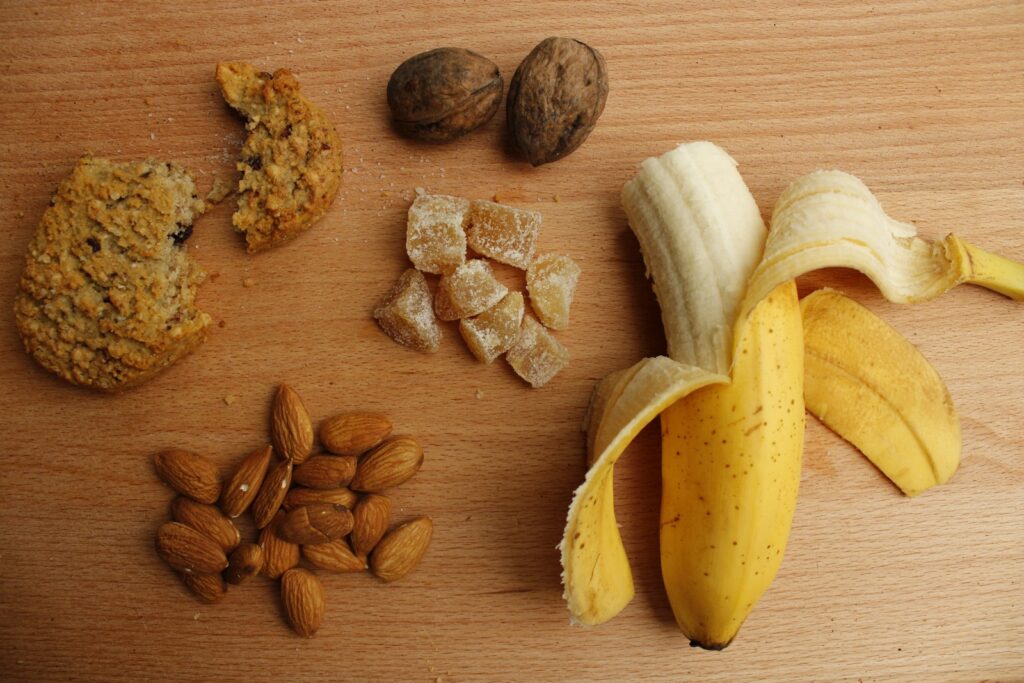
Understanding how different macronutrients fuel your body is essential for optimal trail performance. Carbohydrates are your body’s preferred energy source during high-intensity activities, with simple carbs providing quick energy and complex carbs offering sustained fuel. Proteins play a crucial role in muscle repair and recovery, particularly important on multi-day treks where your body needs to recover overnight. Fats deliver the most calories per gram (9 calories compared to 4 in carbs and proteins), making them incredibly energy-dense for long-duration, lower-intensity activities like backpacking. The ideal trail snack incorporates a strategic balance of these macronutrients—quick-burning carbs for immediate energy boosts, complex carbs for sustained energy, proteins for muscle maintenance, and healthy fats for long-lasting fuel. This balanced approach prevents the energy crashes associated with simple-sugar snacks while providing comprehensive nutritional support for your adventure.
Dried Fruits: Nature’s Energy Powerhouses

Dried fruits represent one of the most trail-friendly natural energy sources available to outdoor enthusiasts. These concentrated packets of nutrition offer a perfect blend of quick-releasing natural sugars and longer-burning complex carbohydrates, making them ideal for maintaining steady energy levels. Options like dried apricots, mangoes, and figs deliver potassium and magnesium—essential electrolytes that help prevent muscle cramps during strenuous activities. Dried berries like cranberries, blueberries, and goji berries pack an antioxidant punch that can help reduce exercise-induced inflammation and support recovery. What makes dried fruit particularly valuable for trail use is its exceptional calorie density compared to fresh fruit; for example, a cup of raisins provides about 500 calories compared to just 100 calories in a cup of fresh grapes, making dried fruit significantly more weight-efficient for backpacking and long-distance hiking where every ounce matters.
Nuts and Seeds: The Ultimate Trail Companions

Nuts and seeds stand as nutritional titans in the world of trail food, offering an unmatched combination of healthy fats, plant protein, and crucial micronutrients. Almonds deliver remarkable vitamin E content, which helps reduce exercise-induced oxidative damage, while walnuts provide omega-3 fatty acids that support cardiovascular health and reduce inflammation during prolonged activity. Seeds like pumpkin and sunflower seeds contain significant amounts of magnesium, a mineral that helps prevent muscle cramps and supports energy production at the cellular level. The high fat content in nuts and seeds translates to exceptional caloric density—approximately 160-200 calories per ounce—making them extremely weight-efficient for long treks where pack weight is a concern. Their satiating nature means even small portions can help stave off hunger for extended periods, and their resistance to heat and cold makes them reliable in varying trail conditions where more perishable foods might fail.
Trail Mix: Creating the Perfect Energy Blend
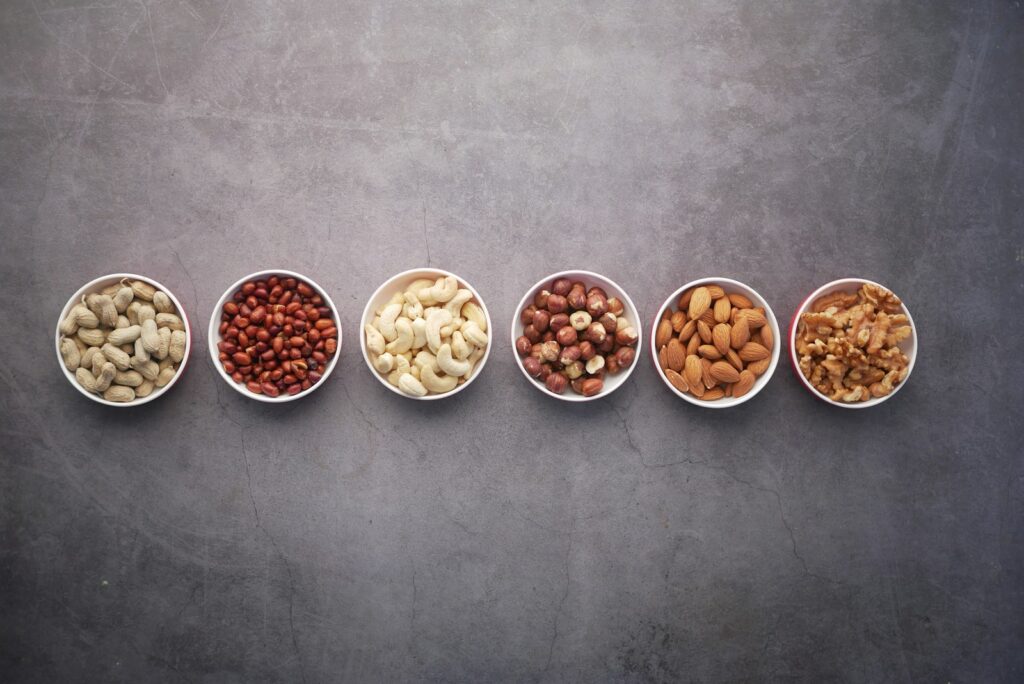
Creating your own custom trail mix allows you to craft the perfect nutritional profile for your specific adventure needs. The ideal trail mix combines four key components: nuts for healthy fats and protein, dried fruits for quick and sustained carbohydrate energy, seeds for additional minerals and nutrition, and optional extras like dark chocolate for antioxidants and mood enhancement. For high-intensity activities like trail running or steep hiking, increase the dried fruit ratio to provide more readily available carbohydrate energy. For longer, moderate-intensity activities like backpacking, boost the nut content to provide more sustained energy from fats. Perfecting your trail mix ratio isn’t just about nutrition—it’s also about avoiding the common “leftover” problem where hikers pick out their favorite ingredients and leave less appealing components behind. By creating balanced, portion-controlled bags (about 1/4-1/3 cup per serving), you ensure you’re getting the right nutrition at the right time without mindlessly overeating high-calorie ingredients.
Energy Bars: Decoding Labels for True Nutrition
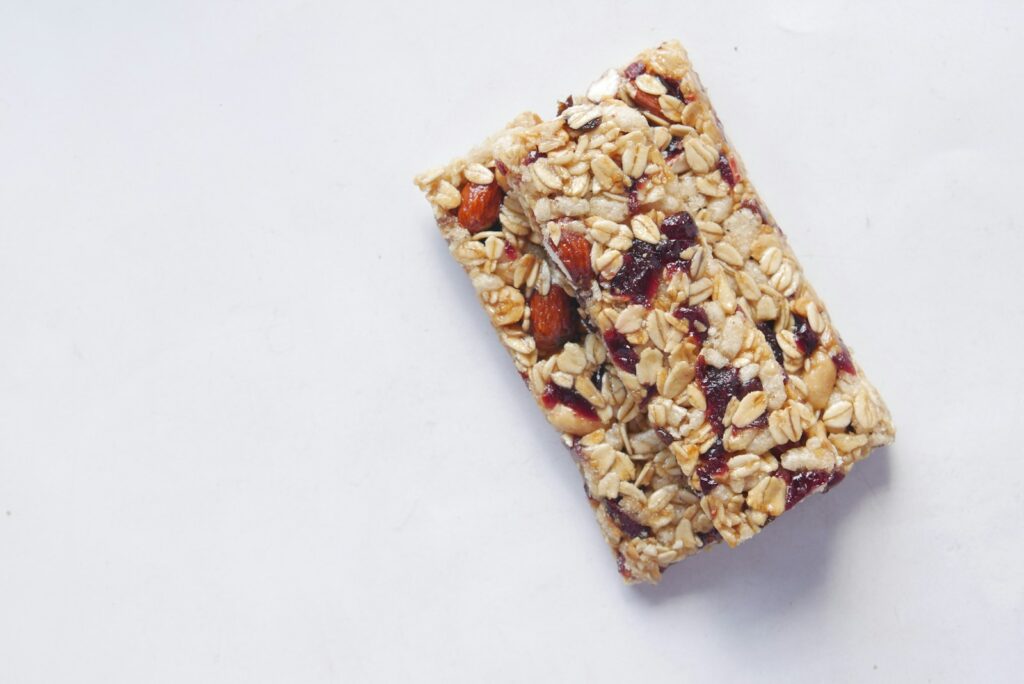
The energy bar market has exploded with options, but not all bars deliver equally valuable nutrition for trail activities. When selecting energy bars for outdoor adventures, prioritize those with at least 5 grams of protein to support muscle maintenance during extended activity. Look for bars containing a mixture of simple and complex carbohydrates—ingredients like oats, quinoa, and brown rice provide slower-burning energy compared to sugar-heavy formulations. The most trail-effective bars typically contain 200-250 calories, making them substantial enough to provide meaningful energy without being too heavy. Be particularly wary of bars marketed as “protein bars” that contain more than 15g of protein but minimal carbohydrates, as these are better suited for post-activity recovery than during-activity fueling when your body primarily needs carbohydrates for energy. Weather considerations should also influence your bar selection—chocolate-coated options might be problematic in summer heat, while harder bars can become uncomfortably firm in cold conditions.
Jerky and Meat Snacks: Protein on the Go
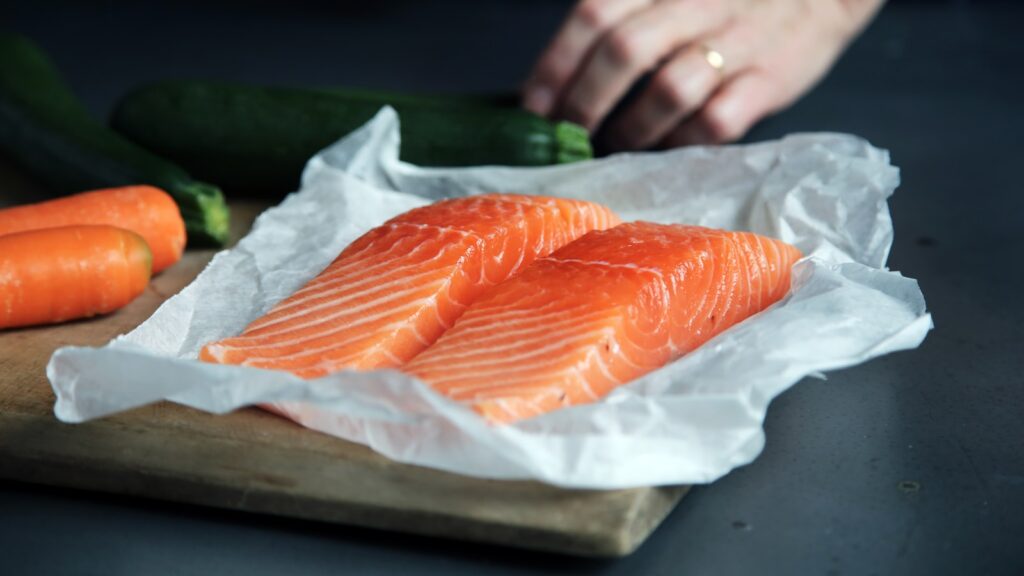
Jerky and dried meat snacks represent one of the most efficient portable protein sources for trail nutrition. Traditional beef jerky provides approximately 10-15 grams of protein per ounce while remaining lightweight and resistant to spoilage, making it ideal for multi-day trips. Beyond conventional beef options, alternatives like turkey jerky offer leaner protein with less fat, while salmon jerky delivers valuable omega-3 fatty acids that support joint health during high-impact activities like downhill hiking. Modern meat sticks and bites often incorporate organ meats and varied protein sources that provide additional micronutrients like iron, zinc, and B-vitamins that support energy metabolism and oxygen transport—particularly valuable at higher altitudes. When selecting jerky products, be mindful of sodium content, as many commercial varieties contain 400-500mg per serving; while some extra sodium is beneficial for replacing electrolytes lost through sweat, excessive amounts can increase thirst and potentially contribute to dehydration during demanding activities.
Nut Butters: Concentrated Energy in Portable Packages
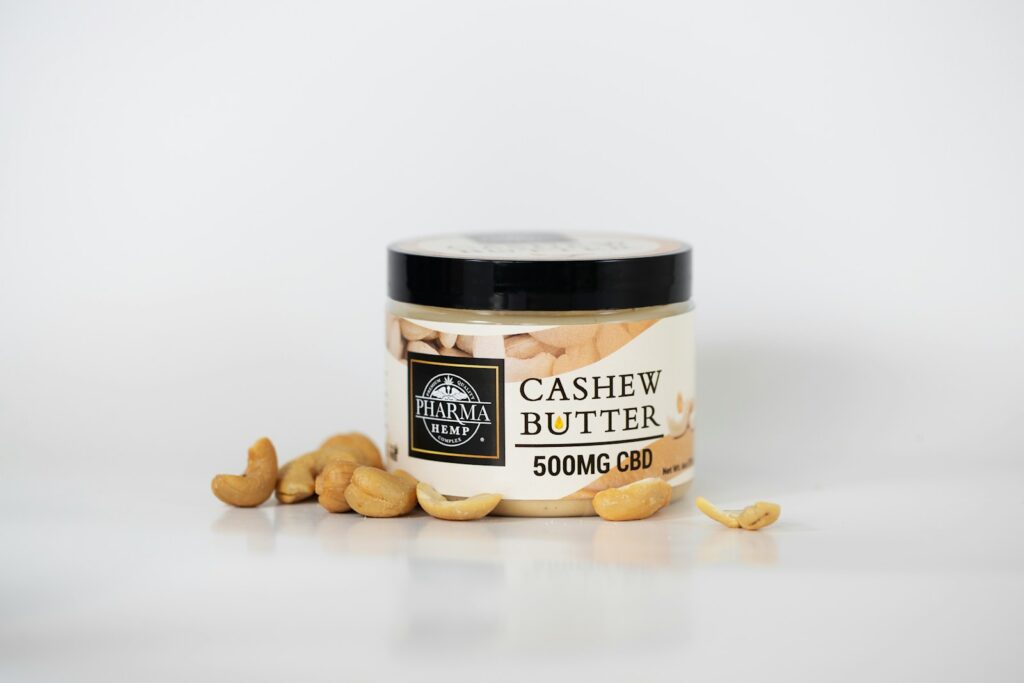
Portable nut butters have revolutionized trail nutrition by offering extremely calorie-dense fuel in convenient, mess-free packaging. Single-serving packets of almond, peanut, or cashew butter provide approximately 180-200 calories and 7-8 grams of protein in just one ounce, making them one of the most weight-efficient trail foods available. The balanced macronutrient profile of nut butters—healthy fats, moderate protein, and some carbohydrates—creates an ideal slow-release energy source that helps maintain blood sugar levels during extended activity. Newer varieties enhanced with added protein, seeds like chia or flax, or coconut oil offer tailored nutritional profiles for specific needs, such as extra omega-3 fatty acids for reducing exercise-induced inflammation. Nut butters’ versatility extends beyond direct consumption; they can transform ordinary trail crackers into satisfying mini-meals, add nutritional value to morning oatmeal, or even save bland emergency meals when you’re deep into a multi-day trek and facing food fatigue.
Cheese and Shelf-Stable Proteins

Hard cheeses represent an often-overlooked but nutritionally excellent trail food, particularly for shorter adventures or cooler weather conditions. Varieties like aged cheddar, Parmesan, and Gouda offer impressive nutritional density—approximately 100-120 calories and 7-8 grams of protein per ounce—while providing calcium that supports bone health during high-impact activities. Many hard cheeses can safely remain unrefrigerated for several days, especially in moderate temperatures, making them viable options for overnight or weekend trips. For longer expeditions or warmer conditions, shelf-stable alternatives like individually wrapped cheese sticks specially formulated to resist melting, freeze-dried cheese crisps, or vacuum-sealed cheese packets provide similar nutritional benefits without spoilage concerns. Pairing cheese with complex carbohydrates like whole grain crackers or dried fruit creates a nutritionally complete mini-meal that combines protein, fat, and carbohydrates for comprehensive energy support during challenging trail sections.
Electrolyte Replacements: Beyond Plain Water
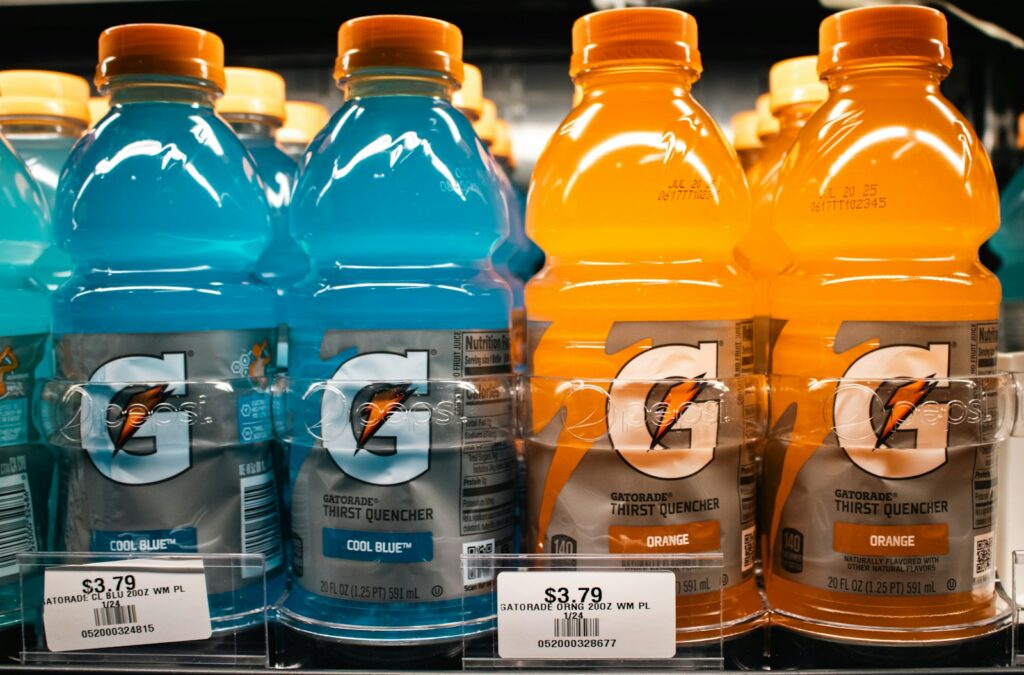
Proper electrolyte replacement becomes critically important during trail activities where significant sweating occurs, as electrolyte imbalances can lead to decreased performance, cramping, and in severe cases, dangerous conditions like hyponatremia. While commercial sports drinks provide a convenient solution, many contain unnecessary artificial ingredients and excess sugars that may cause digestive distress during activity. Electrolyte tablets, powders, and drops offer more tailored and concentrated options, allowing hikers to adjust their intake based on conditions, exertion level, and personal sweat rates. Natural electrolyte sources should not be overlooked—salted nuts provide sodium and magnesium, coconut water offers potassium, and dried fruits deliver additional minerals that support hydration. For longer trips, especially in hot conditions, strategically planning “salt breaks” with electrolyte-rich snacks approximately every 60-90 minutes helps maintain optimal hydration status more effectively than water alone.
Whole Food Energy: Portable Grains and Starches
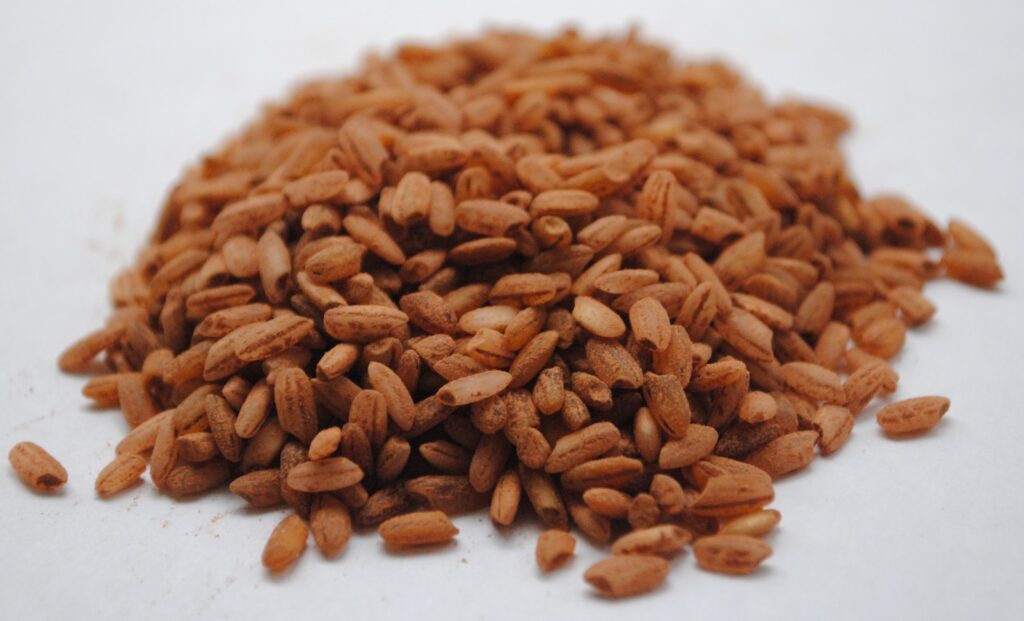
Portable whole grain and starch-based snacks provide valuable complex carbohydrates that deliver sustained energy on the trail without the crash associated with simple sugars. Options like pre-cooked and dehydrated quinoa bites offer complete protein along with slow-releasing carbohydrates, while brown rice cakes provide a lightweight, gluten-free base for toppings like nut butter or jerky. Cold or room-temperature instant oatmeal packets can be rehydrated with water and consumed without cooking for a quick, fiber-rich energy boost during breaks. Roasted chickpeas and edamame deliver the rare combination of plant-based protein and complex carbohydrates in a shelf-stable, crunchy format that satisfies both nutritional needs and the desire for textural variety after miles of soft trail foods. These whole food options generally offer better micronutrient profiles than highly processed alternatives, providing B vitamins, iron, and magnesium that support energy metabolism during prolonged activity.
Quick-Energy Foods: When and How to Use Simple Sugars

While complex carbohydrates and balanced nutrition form the foundation of effective trail fueling, there are specific situations where quick-energy, simple-sugar foods serve a valuable purpose. During moments of bonking or energy crisis—when you feel a sudden energy drop that affects your ability to continue—fast-acting sugars like honey packets, energy gels, or even candy can provide rapid blood sugar elevation that helps you recover and continue safely. The key distinction lies in using these products strategically rather than relying on them as primary fuel; simple sugars work best when consumed during or immediately before high-intensity efforts like steep climbs or when you need to push through the final miles of a long day. Sports nutrition products like energy gels typically contain 100-120 calories of rapidly digesting carbohydrates, often with added electrolytes, and should be followed with water to ensure proper digestion and prevent gastrointestinal distress.
Hydration Strategies: Integrating Food and Water Planning

Effective trail nutrition cannot be separated from thoughtful hydration planning, as the two systems work in tandem to maintain performance and safety. Many dehydrated hikers experience decreased appetite, creating a dangerous cycle where inadequate food intake leads to energy deficits that further compromise decision-making about both eating and drinking. Trail foods with higher moisture content—like fresh or dried fruits that have been slightly rehydrated with drinking water—can contribute meaningfully to overall hydration status, especially in conditions where carrying extra water is challenging. Conversely, very dry foods like crackers and certain energy bars require additional water for proper digestion, a factor that should influence both snack selection and water planning. Strategically timing snack breaks to coincide with water sources on longer routes allows hikers to consume drier, more calorie-dense foods near reliable water, saving moisture-rich options for sections with limited water access.
Packing and Preserving: Keeping Trail Food Safe and Accessible
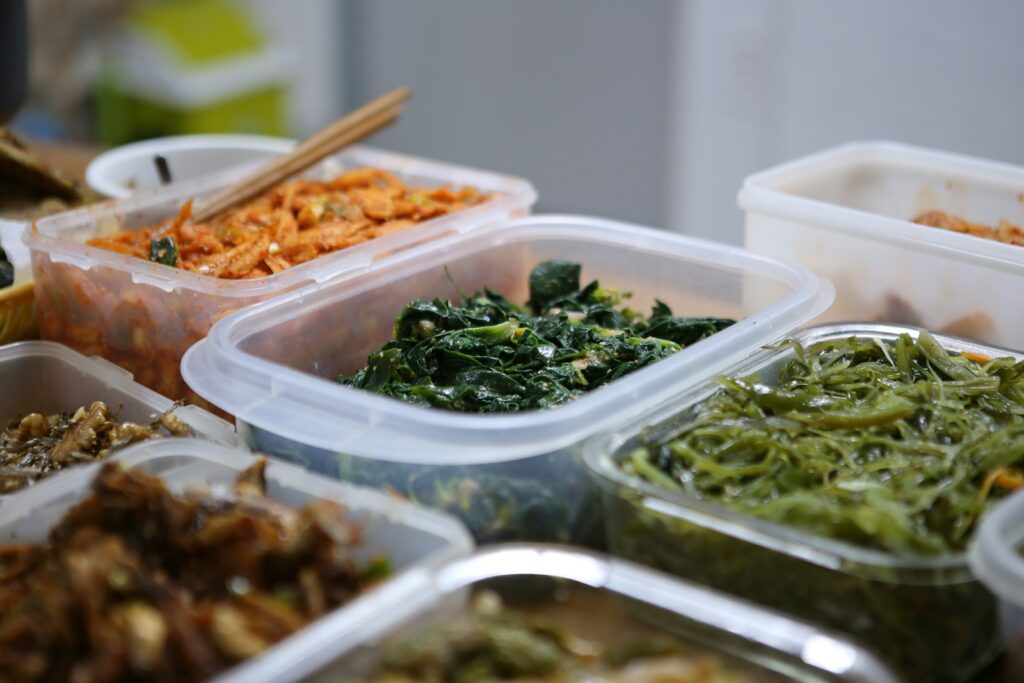
Even the most nutritionally perfect trail foods fail if they become inedible due to improper storage or difficult access. Organizing snacks in order of consumption—with items needed for the current day stored in easily accessible outer pockets—prevents wasted time digging through packs and encourages regular fueling. Dividing trail food into portion-controlled servings before your trip not only ensures proper intake but also prevents the common problem of accidentally consuming multiple days’ worth of a favorite snack too early in the journey. Temperature management becomes crucial in extreme conditions; in hot weather, storing chocolate-containing items and nut butters in the center of your pack away from direct sunlight helps prevent messy melting, while keeping energy bars close to your body in cold conditions prevents them from becoming tooth-breakingly hard. For multi-day trips, implementing a simple rotation system where each day’s food is stored in separate waterproof bags protects your entire food supply from being compromised by a single leak or spill.
The best trail snacks aren’t just about satisfying hunger—they’re strategic tools that maintain energy, support recovery, and ensure your outdoor adventures are fueled properly from start to finish. By understanding the unique nutritional demands of trail activities and selecting foods that provide balanced, sustained energy, you transform ordinary hiking fuel into a comprehensive nutritional strategy. Whether you’re tackling a challenging day hike or embarking on a multi-day wilderness journey, thoughtfully selected trail snacks that combine complex carbohydrates, quality proteins, healthy fats, and essential micronutrients will keep your body performing at its best when you need it most. Remember that trail nutrition is highly individual—experiment with different options during shorter outings to discover your personal optimal fueling strategy before depending on it for more ambitious adventures.

